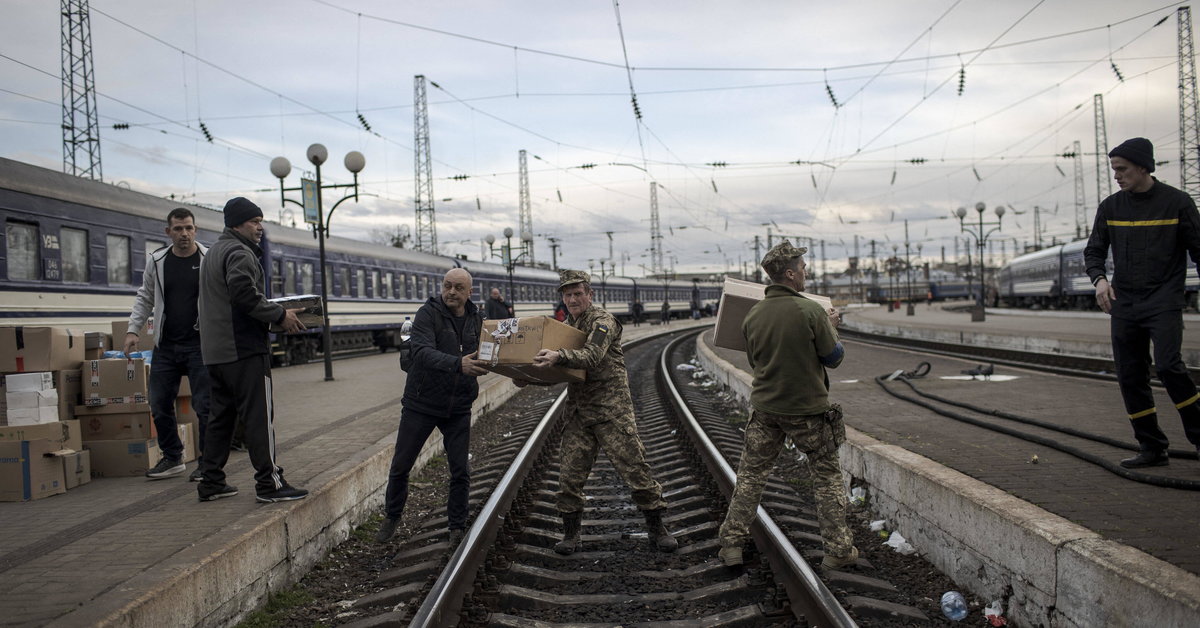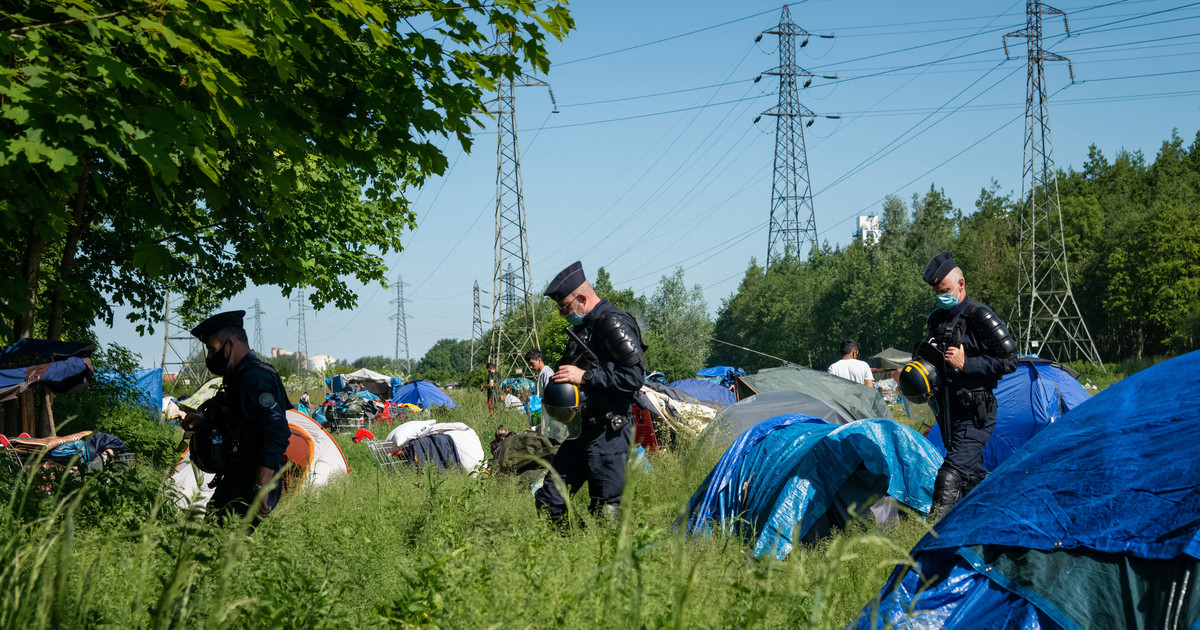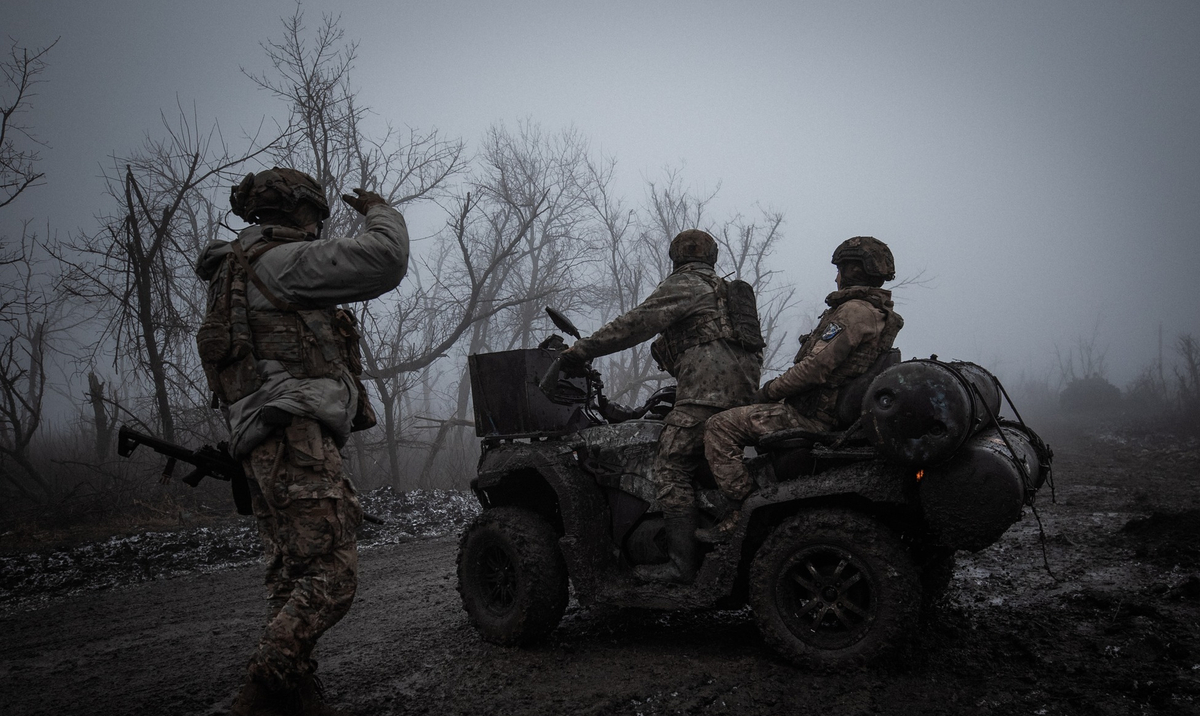The trains of the state-owned Ukrainian railway company “Ukrzaliznycia” are still operating. On May 4 in the evening, it was reported tersely that only 20 long-distance trains were delayed by up to twelve hours. Meanwhile, the Russian military has clearly escalated its attacks on the Ukrainian railway network across the country in the past two weeks. The railway bridge over the Dnieper River was badly damaged on Wednesday.
On Tuesday evening, the Russians attacked several railway stations in the western and southern parts of Ukraine. Railway stations have been the target of attacks before, for example in Kramatorsk in the eastern part of Ukraine, where at least 50 people were killed in a bombing in early April. Russian missiles are increasingly targeting regional railway stations, traction substations and railway bridges.
The rest of the text is below the video.
Such a change in tactics by the Russians is rationally justified. In the first two months of the war, the Ukrainian State Railways became the most important logistics company in the country. The Ukrainian railway network has about 22 thousand. kilometres. Before the war, Ukrainian railways employed more than 230 thousand people. One of the biggest employers.
Ten years ago, in connection with the 2012 European Football Championship, Ukraine invested about 700 million euros in improving the railway infrastructure and train fleet, making Ukrainian railways relatively modern today.
Although there is a large network of national roads in Ukraine, only some of them, especially near large cities, are multi-lane roads. In addition, many of them are in very poor condition and are unlikely to be suitable for transporting heavy cargo.
As a result, the railways became a symbol of the Ukrainian resistance. It is used to deliver weapons and aid to the eastern part of the country. The railway evacuates millions of people fleeing the war. Currently, it is also increasingly transporting returning families to areas previously occupied by Russian troops.
In addition, important foreign guests came to Kyiv by train, such as US Secretary of State Anthony Blinken, European Commission President Ursula von der Leyen, and German opposition leader Friedrich Merz.
Railways are also playing an increasingly important role in transporting Ukrainian export goods. Before the outbreak of the war, more than half of Ukrainian imports and exports passed through the sea port of Odessa. However, since the beginning of the Russian naval blockade, Ukraine has increasingly tried to ship goods such as wheat, coal, steel and chemical products to Western countries by rail.
In the early months of the war, the Ukrainian railway system proved surprisingly robust and adaptable. The country’s rail network is extensive, and if a line is bombed, alternative routes are often quickly found.
“In some cases, we can repair damaged railroads within a few hours,” Oleksandr Bertsovsky, head of the passenger train division of Ukraine’s Kyrgyzstan, told NBC News earlier this week.
Meanwhile, Ukrzaliznytsya’s president, Oleksandr Kamyshin, told CNN that the management structure is now “flat”; Managers of individual departments can make decisions on the spot without asking permission from their superiors.
Necessary reforms can be made without bureaucracy and more quickly than before. Damaged or damaged bridges cannot be rebuilt or repaired immediately, but “the most important thing is that we can keep the entire system running despite the increased attacks”.
But with each day of the war, this task becomes more and more difficult. Railway workers must construct roads that avoid particularly dangerous areas. Schedules often have to change immediately, and the changes are announced by “Ukrzaliznytsia” on social media. Meanwhile, the number of Russian missile attacks on the Ukrainian railway network is increasing every day.
Since the beginning of the war on the Ukrainian railway network, there has been a fierce battle. Russia tried to take control of Ukrzaliznytsya’s logistical centers in large cities such as Kharkiv and Kiev as quickly as possible, but failed due to strong resistance from the Ukrainians. In addition, the Ukrainian army and Belarusian railway workers were able to cut off railway communications with Russia and Belarus, and the Russians could not use the damaged tracks to transport large Russian formations to Ukraine.
This is because the Russian army has always been logistically highly dependent on the railway network. Russia is a vast region with difficult terrain. There are vast steppes, permafrost and seasonal seismic swamps. Therefore, the Russian troops constantly depend on the railway network for transportation, as well as for food and fuel supplies.
“If the railways cannot be used, the military must rely on the roads,” Emily Ferris of the Royal United Services Institute (RUSI), an expert on Russia, wrote in a guest article for US Foreign Policy magazine. However, the Russian army did not have sufficient supplies of food and fuel to continue the ground offensive and control the territory of Ukraine in the part located very far from the active railways.
Emily Ferris continued, “Russia was unable to capture any of the important railway junctions in the north in Chernihiv and around Kyiv, and the muddy conditions left many military vehicles stuck in the mud.”
Today, however, Russia has redefined its war objectives and is focusing on offensive in eastern and southeastern Ukraine. Emily Ferris writes: “But also in Kharkiv and southern Ukraine, the Russian army either does not fully control the railway junctions, or it has been almost completely destroyed as a result of the fighting.” However, this is one of the reasons why Russia has so far succeeded with great difficulty in moving its forces deep into Ukraine and occupying new territories.
However, this does not bode well for the railway network in the rest of Ukraine. Due to the change of military objectives, the Russian army no longer needs these railway facilities in its operations. Since the Russians failed to gain control of the Ukrainian railway network, they now want to destroy it, at least in part, primarily to make it difficult, or preferably to prevent the West from delivering weapons to Ukraine.
So, the decisive factor in the outcome of this war is likely to be how long Ukraine will be able to keep the railway infrastructure in motion.
Thank you for being with us. Subscribe to the Onet newsletter to receive the most valuable content from us.
Date created: Today 08:52

“Coffee enthusiast. Troublemaker. Incurable introvert. Subtly charming twitter scholar. Award-winning social mediaholic. Internet buff.”






![Features hidden in the Pedronka cash register. Customers don’t know about it [ZDJĘCIA] Features hidden in the Pedronka cash register. Customers don’t know about it [ZDJĘCIA]](https://www.moviesonline.ca/wp-content/uploads/2022/07/1657700055_Features-hidden-in-the-Pedronka-cash-register-Customers-dont-know.jpeg)



